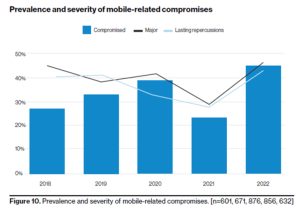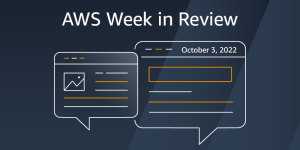
For enterprises considering how to use AI to eliminate jobs and cut costs, can I be frank? You’re doing it wrong.
Recently Goldman Sachs released a report that suggests up to 300 million jobs could be cut in the wake of AI, finding that [R]oughly two-thirds of current jobs are exposed to some degree of AI automation, and… generative AI could substitute up to one-fourth of current work.” Sure. Maybe. It’s entirely possible that short-sighted Scrooges in the executive suite will look for ways to cut jobs in order to save money.
But the smart money is on those companies that find ways to make their employees more productive using generative AI (GenAI) and other AI-powered tools. We’re seeing it with software development, as InfoWorld’s Jeremy Duvall has detailed. But it’s not just developers. For a wide variety of functions, AI is already ready to augment the people you employ. So rather than cutting costs in half, why not boost productivity by double?
Thinking about people wrong
Not that saving money is bad. It’s just a very limited way to think about tech. Many of the most important technology trends of the past 30 years (open source, cloud, etc.) were initially marketed as a way to save money, but quickly evolved to become much more. In 2008, two years after AWS launched, for example, the company’s website boasted that AWS was “the most cost-effective way to deliver your application to your customers.” By 2015, however, AWS CEO Andy Jassy said that, yes, cloud costs less, “but what [customers] really care about is agility.”
This agility message continues to be front and center, even as many question the claim that cloud is cheaper. For savvy cloud customers, that agility pays much bigger dividends than pocketing a few more dollars.
Among other things, cloud, open source, and now AI all promise to remove friction from developers’ lives. Yes, open source is free to download, but its unit cost isn’t the point. Rather, the fact that developers can easily access and use the software without going through cumbersome purchasing processes matters far more. Yes, it helps that a swelling supply of open source software is of exceptionally high quality, but that wasn’t always the case. While the earliest adopters may have cared about software freedom, the mainstream majority bought into open source to achieve greater agility.
This matters because developers matter. Their time matters. As I’ve written, “Hardware (or software) is a commodity—people are valuable.” For enterprises challenged to find better ways to reach, engage, and service customers (read: all enterprises), developer productivity is essential. Nor is this exclusive to developers. The people employed by your company are your greatest asset. From marketing to sales to support to development to finance, you need to maximize the impact each employee can make. Your task, then, isn’t primarily to find ways to lower costs, but rather to raise productivity.
Which brings us to AI.
AI is the answer. What is the question?
Developers like Simon Willison have demonstrated just how profoundly GenAI coding tools like GitHub Copilot can be in improving the software development experience. At the same time, such tools simply can’t replace developers, because, as Martin Heller writes, “[Y]ou can never assume that code generated by AI of any kind is correct or efficient, or even that it will compile and run.” As such, “You should always treat AI-generated code like a pull request from an unknown programmer, which means reviewing it, testing it, and debugging it before making it part of your application.”
Think of it this way: GenAI tools can take care of 80 percent of the work, freeing up developers to spend time on that last 20 percent.
In other disciplines, it’s much the same. For example, the National Bureau of Economic Research found that customer service agents using AI were 14% more productive than those not using the tools, as they were able to resolve more support issues. Some people reading this might be thinking, “Wow. Now I can fire 14% of my customer service agents!” But, again, this misses the point. Which isn’t to do the same amount of work with fewer people, but rather to enable the same number of people to do much better work.
That “better work” isn’t merely about churning out more. I’ve talked about how fixating on boosting development speed can blind companies to the greater importance of delivering fewer but higher-impact projects. AI in this instance could help maintain a high level of output while ensuring developers (or technical support, copy editors, etc.) have more time to consider what they should be creating. AI buys them that time.
For employers, it’s clear that AI is increasingly essential for increasing the productivity of the workforce. For employees, it’s just as clear that, whatever your job, you need to figure out how to incorporate AI so that you’re delivering more, and better, output. If you haven’t started to experiment with ChatGPT, Stable Diffusion, GitHub Copilot, or other generative AI tools, there’s no better time than right now.
Copyright © 2023 IDG Communications, Inc.



